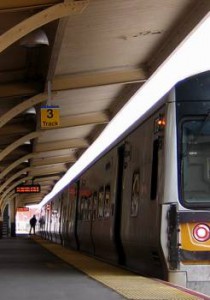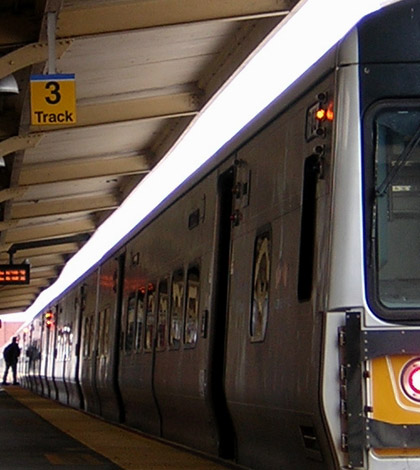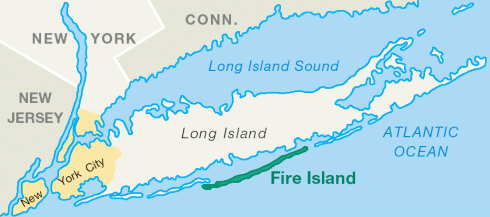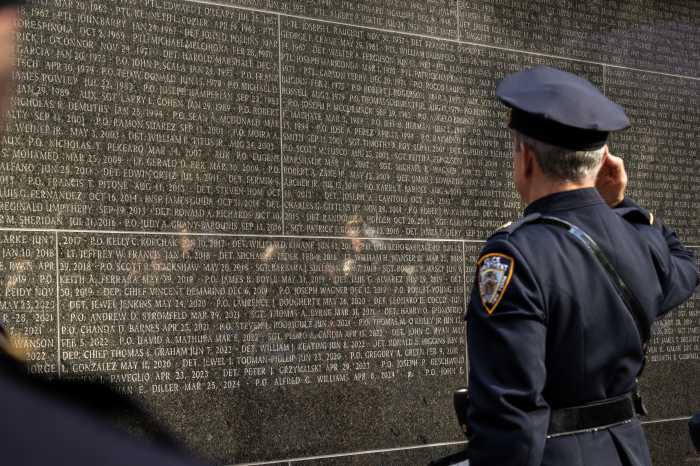
The Long Island Rail Road’s least reliable train lines have finally earned some long overdue recognition thanks to the Tri-State Transportation Campaign’s new Laggy Awards, presented to those branches with “the greatest lost economic productivity, delay per rider, and lost time,” according to figures given out by the railroad and compiled by the non-profit advocacy group.
The tongue-in-cheek prize is intended to be a hard-to-miss signal to New York State legislators whose districts might be home to the least-reliable trains that it’s time to make sure that the system gets the additional capital investment it needs to serve as an asset—not an impediment—to the regon’s economic growth.
“LIRR’s frequent delays truly add up to lost economic productivity and commuter time over the course of a year,” said Ben Rosenblatt, who conducted the research for the Tri-State Transportation Campaign. “In fact, estimates of total lost productivity are greater than last year’s profits of some of Long Island’s largest companies, such as VOXX International, Nathan’s, and 1-800-FLOWERS.”
The timing of the Laggy Awards, which the campaign released Sept. 5 at a press conference at the Hicksville train station, is linked to the beginning of the Metropolitan Transportation Authority’s planning for the next capital program that will cover 2015-2019 and determine the fate of the LIRR for years to come. That process so vital to hundreds of thousands of riders will get rolling this fall.
Overall, the campaign estimates that late, cancelled and terminated trains between July 2012 and June 2013 cost $60,760,661 in lost productivity. The winners in that category are the Babylon Branch, which got the Gold Laggy for an estimated loss of $14,743,781; the Ronkonkoma line, which got the Silver Laggy for costing $12,285,067; and the Huntington line, which won the Bronze for costing $9,805,101.
After determining that the total lost time due to late, cancelled and terminated trains amounted to 1,380,924 “rider hours,” the campaign awarded the Gold Laggy to Babylon for 335,086 hours lost; the Silver to Ronkonkoma for 279,206 hours; and the Bronze to Huntington for 222,843 hours.
Last, but not least, the campaign gave out Laggies to the branches that had the greatest levels of “delay per rider,” after finding that an average LIRR rider lost 15.8 hours because of service disruptions. And here Port Jefferson got the Gold Laggy for racking up 22.3 hours in delays per rider; Montauk got the Silver for 20.5 hours per rider, and Ronkonkoma got the Bronze for 19.1 hours.
The analysis was based on data provided by the MTA on ridership, on-time performance and other lateness, termination and cancellation information, “along with Census-derived income assumptions regarding the value of lost time,” the campaign said.
The advocacy group says it came up with the Laggy Awards to help elected officials serving in the areas “hardest hit by delays” to “identify, and fully fund, the Metropolitan Transportation Authority’s 2015-2019 Capital Program to ensure the LIRR system is reliable and in a state of good repair.”
Among the projects on the group’s priorities list are “further fast-tracking LIRR’s Second Track” project; rebooting LIRR’s “Third Track” project; funding signal improvements such as the “Babylon Interlocking” system; and enhancing Wi-Fi capabilities on LIRR trains and at stations to mitigate the productivity losses associated with train delays.
“It is imperative that Long Island’s elected officials in both the New York State Assembly and State Senate identify the funding needed to ensure the Long Island Rail Road is in a state of good repair,” Ryan Lynch, the campaign’s associate director, said in a statement. “Not doing so will only continue to negatively impact the Island’s economy and put further strain on regional and local businesses.”
In a statement to the Press, Salvatore Arena, an MTA spokesman, said: “The LIRR knows that our customers’ No. 1 concern is to arrive on time and safely to their destinations, and we are constantly seeking ways to improve our on-time performance, which currently stands at 93.4 percent year to date. We support any effort to raise awareness about the important need for resources to invest in the infrastructure that the LIRR relies on to provide service.”
The report was issued on the same day that a construction worker accidentally cut a signal line for one of the East River tunnels, sparking more cancelations and delays during the Thursday evening commute.
“When you waste folks’ time, it really is death by a thousand cuts,” said Eric Alexander, executive director of Vision Long Island. “In order to provide efficient transportation options for people, the current LIRR rail system and operations need strategic investment and upgrades.”
In the 2010-2014 MTA capital program, the LIRR was slated to receive $2.3 billion out of the $22 billion total budget. In the next round, the railroad and its advocates are hoping for more.
“Delays caused by inadequate infrastructure investments have real economic costs, in addition to the stress and frustration that they produce in riders,” said Bill Henderson, executive director of the Permanent Citizens Advisory Committee to the MTA. “We cannot afford not to maintain, rehabilitate and improve LIRR infrastructure to meet the needs of its riders and the regional economy.”

































